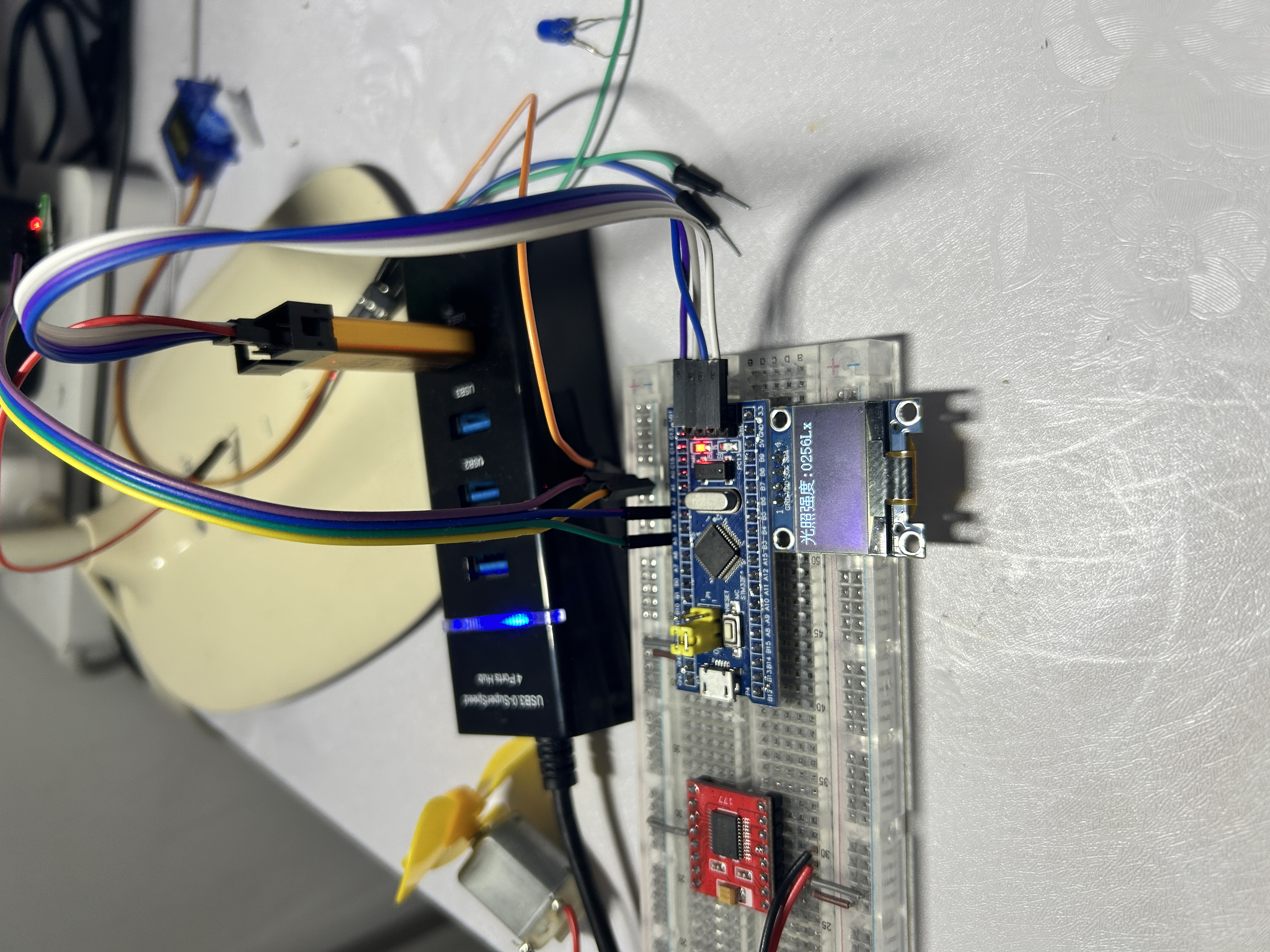文章目录
- 前言
- 理论部分
- 栈的模拟实现
- STL中的栈容器
- 队列的模拟实现
- STL中的队列容器
- 作业部分
前言
这期的话会给大家讲解栈和队列的模拟实现和在STL中栈和队列怎么用的一些知识和习题部分(这部分侧重于理论知识,习题倒还是不难)
理论部分
栈的模拟实现
typedef int STDataType;
typedef struct Stack
{
STDataType* a;//这里的a想表示的是数组
int top;//表示数组a当前的容量
int capacity;
}ST;
void STInit(ST* ps)
{
assert(ps);
ps->a = (STDataType*)malloc(sizeof(STDataType) * 4);
if (ps->a == NULL)
{
perror("malloc fail");
return;
}
ps->capacity = 4;
ps->top = 0;
}
void STDestroy(ST* ps)
{
assert(ps);
free(ps->a);
ps->a = NULL;
ps->top = 0;
ps->capacity = 0;
}
void STPush(ST* ps, STDataType x)
{
assert(ps);
if (ps->top == ps->capacity)
{
STDataType* tmp = (STDataType*)realloc(ps->a,sizeof(STDataType) * ps->capacity*2);
if (tmp == NULL)
{
perror("realloc fail");
return;
}
ps->a = tmp;
ps->capacity *= 2;
}
ps->a[ps->top] = x;
ps->top++;
}
void STPop(ST* ps)
{
assert(ps);
assert(!STEmpty(ps));
ps->top--;
}
int STSize(ST* ps)
{
assert(ps);
return ps->top;
}
bool STEmpty(ST* ps)
{
assert(ps);
return ps->top == 0;
}//拓展:bool里面如果return的是数字的话,会隐式转换
STDataType STTop(ST* ps)
{
assert(ps);
assert(!STEmpty(ps));
return ps->a[ps->top - 1];
}
注意:这样写的话,此时的栈顶的下标是top-1
stPush那里一般用ps->top == ps->capacity
top那里是还没存元素的
开空间完记得检查是否开辟成功
尽量不要用while(st.top!=0去代替while(!STEmpty(&st))),数据结构最好封装起来
注意STTop最后那里是ps->a[ps->top-1]
这个代码有个问题:封装时一般要typedef类型,这里搞了但是没去用
(让以后要改类型时只用改一次)
STL中的栈容器
stack容器(栈)
头文件:#include<stack>
创建:stack<T>st;//st是变量名,可以改;T是任意类型的数据
size empty
push:进栈
pop:出栈
top:返回栈顶元素,但是不会删除栈顶元素
(先进后出)
队列的模拟实现
#include<stdio.h>
#include<stdlib.h>
#include<stdbool.h>
#include<assert.h>
typedef char QDatatype;
typedef struct QueueNode
{
struct QueueNode* next;
QDatatype data;
}QNode;
typedef struct Queue
{
QNode* head;
QNode* tail;
int size;
}Queue;
void QueueInit(Queue* pq);
void QueueDestroy(Queue* pq);
void QueuePush(Queue* pq, QDatatype x);
void QueuePop(Queue* pq);
int QueueSize(Queue* pq);
bool QueueEmpty(Queue* pq);
QDatatype QueueFront(Queue* pq);
QDatatype QueueBack(Queue* pq);
void QueueInit(Queue* pq)
{
assert(pq);
pq->head = pq->tail = NULL;
pq->size = 0;
}
void QueueDestroy(Queue* pq)
{
assert(pq);
QNode* cur = pq->head;
while (cur)
{
QNode* next = cur->next;
free(cur);
cur = next;
}
pq->head = pq->tail = NULL;
pq->size = 0;
}
void QueuePush(Queue* pq, QDatatype x)
{
QNode* newnode = (QNode*)malloc(sizeof(QNode));
if (newnode == NULL)
{
perror("malloc fail");
return;
}
newnode->data = x;
newnode->next = NULL;
if (pq->head == NULL)
{
assert(pq->tail == NULL);
pq->head = pq->tail = newnode;
}
else
{
pq->tail->next = newnode;
pq->tail = newnode;
}
pq->size++;
}
void QueuePop(Queue* pq)
{
assert(pq);
assert(pq->head != NULL);
if (pq->head->next == NULL)
{
free(pq->head);
pq->head = pq->tail = NULL;
}
else
{
QNode* next = pq->head->next;
free(pq->head);
pq->head = next;
}
pq->size--;
}
int QueueSize(Queue* pq)
{
assert(pq);
return pq->size;
}
bool QueueEmpty(Queue* pq)
{
assert(pq);
return pq->size == 0;
}
QDatatype QueueFront(Queue* pq)
{
assert(pq);
assert(!QueueEmpty(pq));
return pq->head->data;
}
QDatatype QueueBack(Queue* pq)
{
assert(pq);
assert(!QueueEmpty(pq));
return pq->tail->data;
}
结构体定义那里可以像这样在结构体里面用自己的指针
结构体1里面套结构体2的话,定义结构体1后不用单独手动再为结构体1中的结构体2开辟
跟定义int指针,想变成数组需要malloc区分
注意:assert检查的是结果为0,就会报错
STL中的队列容器
queue(队列):
头文件:#include<queue>
创建:queue<T>q;//q是变量名,T是任意类型的数据
size empty push pop
front:返回队头元素,但不会删除
back:返回队尾元素,但不会删除
不可以用clear来直接清除队列
pop删除的是队头
作业部分
力扣 有效的括号
力扣 有效的括号
注意点:右括号数量不等于左括号这个特殊情况不要忘了
感悟:像这种如果匹配的话要继续走,不匹配的话要干啥的if里面写不匹配的条件会好些
代码实现:
typedef struct Stack
{
char*a;
int top;
int capacity;
}
void STInit()
{
a = (char*)malloc(sizeof(char)*4);
capacity = 4;
top = 0;
}
void STPush(char*ps,char x)
{
assert(ps);
if(ps->top == ps->capacity)
{
a = (char*)malloc(sizeof(char)*ps->capacity*2);
capacity*=2;
}
ps->a[ps->top] = x;
ps->top++;
}
void STPop(char*ps,char x)
{
assert(ps);
ps->top--;
}
bool isValid(char* s) {
struct Stack;
&a = &s;
}
if如果判断条件多的话可以像下面这样写,这样写不用续行符
而且if后面只跟一个语句的话,一般跟if写同一行上

企业中的话,能初始化的尽量还是要初始化一下,竞赛一般不用
力扣 用栈实现队列
题目: 力扣 用栈实现队列
相比用队列实现栈可以优化的地方是:可以有个栈专门入栈,一个栈专门出栈,出栈的空了再把另一个栈倒过来
代码实现:
class MyQueue {
public:
stack<int>q1;
stack<int>q2;
int count1 = 0;
//用q1来存入栈,q2来搞出栈
void push(int x) {
q1.push(x);
}
int pop() {
if(!q2.empty())
{
int m = q2.top();
q2.pop();
return m;
}
else{
while(q1.size())
{
int k = q1.top();
q2.push(k); q1.pop();
}
int n = q2.top();
q2.pop();
return n;
}
}
int peek() {
if(!q2.empty())
{
return q2.top();
}
else
{
while(q1.size())
{
q2.push(q1.top()); q1.pop();
}
return q2.top();
}
}
bool empty() {
if(q1.empty()&&q2.empty())
return true;
else{
return false;
}
}
};
力扣 设计循环队列
题目:力扣 设计循环队列
这里用链表模拟队列不好(因为要找尾)所以用数组来模拟
想让数组也能循环的话,就要时不时让他对k取模(插入,删除过程中也要)
由这个题引申出来的知识有:
1.malloc了几次,后续也要free几次,虽然说不free也可以通过,但是要是在面试中就是减分项,比如下面这种malloc的方式


代码实现:
typedef struct {
int*a;
int front;
int rear;
int k;
} MyCircularQueue;
MyCircularQueue* myCircularQueueCreate(int k) {
MyCircularQueue*obj = (MyCircularQueue*)malloc(sizeof(MyCircularQueue));
obj->front = obj->rear = 0;
obj->k = k;
obj->a = (int*)malloc(sizeof(int)*(k+1));
return obj;
}
bool myCircularQueueIsEmpty(MyCircularQueue* obj) {
return obj->front == obj->rear;
}
bool myCircularQueueIsFull(MyCircularQueue* obj) {
return (obj->rear+1)%(obj->k+1) == obj->front;
//这里的作用是让rear在数组末时可以返回到0那去以及防止是空
}
bool myCircularQueueEnQueue(MyCircularQueue* obj, int value) {
if(myCircularQueueIsFull(obj)) return false;
obj->a[obj->rear] = value;
obj->rear = ((++obj->rear))%(obj->k+1);
return true;
}
bool myCircularQueueDeQueue(MyCircularQueue* obj) {
if(myCircularQueueIsEmpty(obj)) return false;
obj->front = (++obj->front)%(obj->k+1);
return true;
}
int myCircularQueueFront(MyCircularQueue* obj) {
if(myCircularQueueIsEmpty(obj))
{
return -1;
}
return obj->a[obj->front];
}
int myCircularQueueRear(MyCircularQueue* obj) {
if(myCircularQueueIsEmpty(obj))
{
return -1;
}
return obj->a[(obj->rear-1+obj->k+1)%(obj->k+1)];
}
void myCircularQueueFree(MyCircularQueue* obj) {
free(obj->a);
free(obj);
}
队列和栈都属于线性数据结构 循环队列也是线性数据结构



















